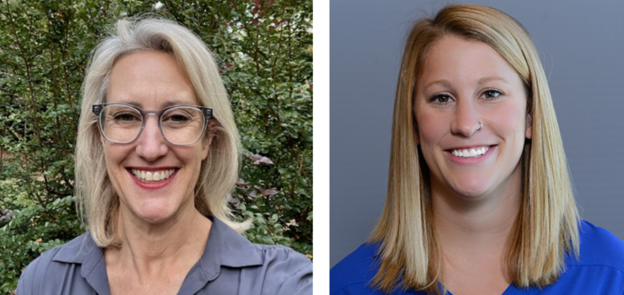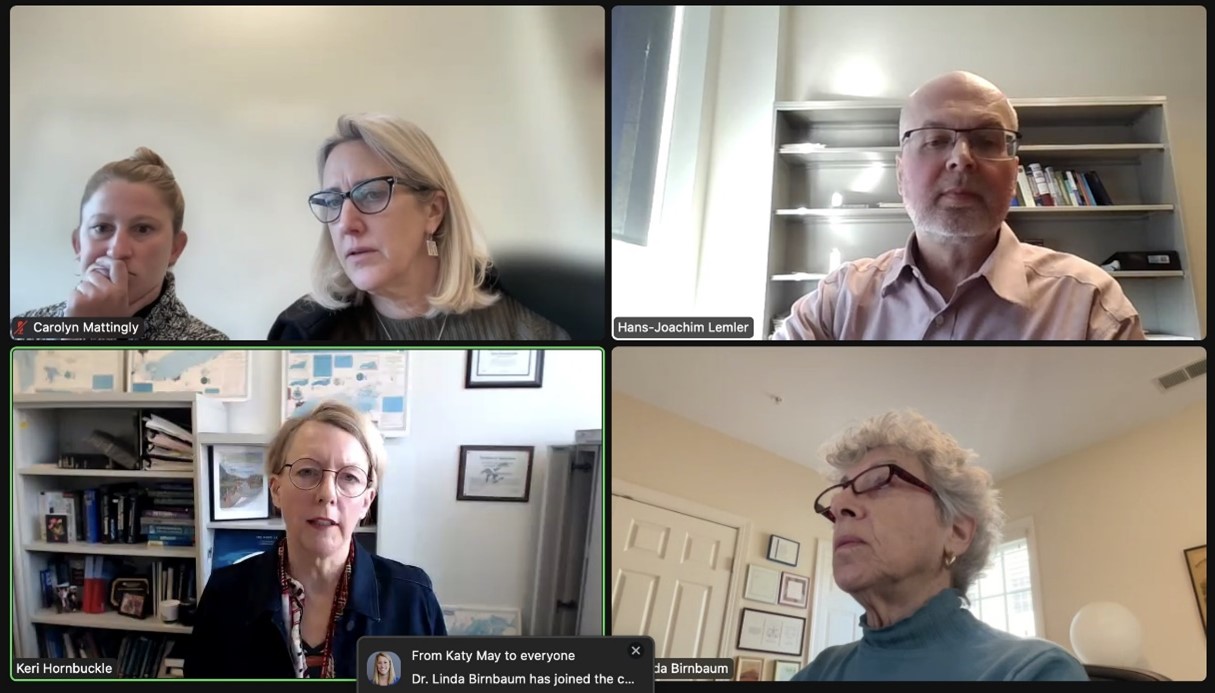Superfund Research Program
May 2024
By Michelle Zhao
NIEHS-funded researchers at the University of Iowa and the North Carolina State University (NC State) Superfund Research Program (SRP) centers partnered to address community concerns about polychlorinated biphenyls (PCBs) discovered in an NC State building. During an online forum on February 24, 2024, the team answered questions from the NC State community about the health effects of PCBs.
PCBs are a class of persistent chemicals that are linked to several adverse health outcomes, including diabetes and certain cancers. Aroclors, a tradename for a specific group of PCBs, were commonly used in building insulation, caulking, flame retardants, and electrical components until they were banned in 1979. However, the presence of older materials containing Aroclors may still pose health risks as the materials break down and release these harmful chemicals into the environment.
After the session, the team wrote a document with a summary of the panel’s questions and answers, responses to questions that the panelists did not have time to address, and links to additional resources. The document is publicly available on the NC State SRP website.
Teaming With PCB Experts

In October 2023, a type of Aroclor was detected in air samples taken from a building on the NC State campus. Researchers from the University of Iowa have been at the forefront of research on PCBs in indoor air since 2006. Their investigations into exposure rates, health effects, and remediation strategies have positioned them as experts on PCBs and human health.
“We were being sent questions about PCBs from people who had worked or taken classes in the affected building,” said Katy May, who leads the Community Engagement Core at the NC State SRP Center. “We decided that the best plan of action was to answer the questions together in a virtual Q&A session, to provide the broadest possible reach to the NC State community.”
The session was moderated by May and NC State SRP Center Director Carolyn Mattingly, Ph.D. The panelists were Keri Hornbuckle, Ph.D., Iowa SRP Center director; Hans Joachim Lehlmler, Ph.D., University of Iowa researcher; and former NIEHS Director Linda Birnbaum, Ph.D., who researched PCBs in the past.
Supporting the Community as Scientists

More than 200 students, faculty, staff, and other community members posed questions to the panel. Topics included how to get tested for PCBs, what level of PCB exposure is safe, and how to speak to a doctor about PCB exposure. The panel also discussed previous research on PCBs at other sites.
“The building in question housed the College of Education and the Department of Psychology, both of which are overwhelmingly female,” said Mattingly. “A lot of concerns we heard were about how PCBs could influence breast cancer or child development.”
Additionally, the researchers gave health-protective tips to help participants mitigate their exposure to PCBs. For example, they advised community members to wash belongings they may have removed from the building with soap and water to avoid secondary PCB exposure.
According to May, the forum was well received by the NC State community. She attributes this positive reception to the transparency exhibited by representatives of the NC State and Iowa SRP centers during the panel.
“We made sure that all community members could see the questions being submitted and the dialogue going on in the chat, so participants could engage with one another in addition to the panelists and moderators,” said May.


